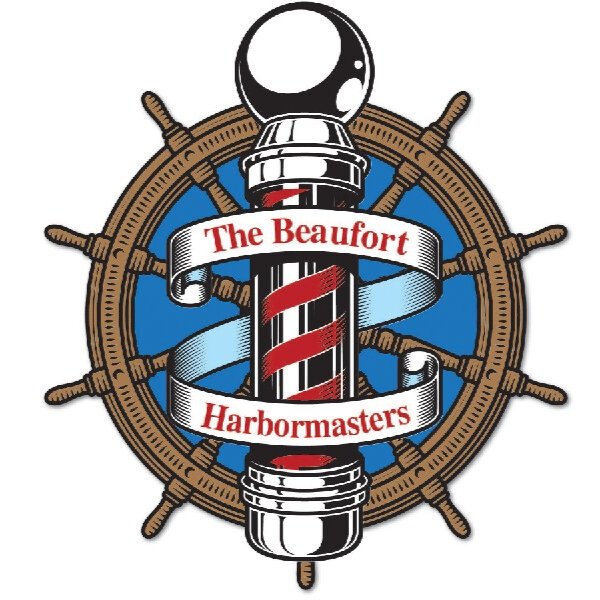What is Barbershop?
The History of Barbershopping
American popular musical history of the past century is seasoned with the music of the barbershop quartet…in early recordings, minstrel and vaudeville shows, movies and on Broadway. No one knows for sure just when the first barbershop music was sung, who the singers were or even exactly how it got its name.
In the late 19th century and early 20th centuries, the absence of radio, movies, television and many other forms of entertainment meant that, for most folks, entertainment was self made and home grown. When four fellows discovered that they could create music without the assistance of a piano, guitar or banjo, the quartet moved to the street corner, barbershop or Town Hall and impromptu singing often broke out wherever four men of similar persuasion gathered. No printed music was available…or necessary. If there were a lead singer who knew the song, a bass to provide a foundation for the harmony, a tenor who could provide harmony above the melody and a baritone who could weave his way amongst the other three voices, the result was barbershop music.
Soon the male quartet became a standard act in vaudeville shows and other musical entertainments. Many recordings of popular groups of the early 20th century singing music of the middle 1800’s to the 1920’s form the heart of barbershop music today as we know it. Now, of course, we start with the printed music, as music composers have transcribed many of those songs to the page.
Today, the Barbershop Harmony Society (until recently known as the Society for Preservation and Encouragement of Barber Shop Quartet Singing in America, S.P.E.B.S.Q.A.) has nearly 22,000 members in some 800 chapters in North America. Another 4,000 men and women enjoy the hobby in eight affiliated organizations worldwide.
The Barbershop Style
Barbershop style of singing is four-part, unaccompanied, close-harmony singing, with melody in the second voice, called the “lead.” Tenor (counter-tenor voice) harmonizes above the lead singer; bass sings the lowest harmonizing notes, and the baritone provides in-between notes, to form consonant, pleasing chords. Barbershop is a “melting pot” product of African-American musical devices, European hymn-singing culture and an American tradition of recreational music. Melodies are in the vocal and skill range of the average singer, with lyrical emphasis and themes on simple, heartfelt emotions.
Barbershop is noted for its extensive use of the musical embellishments that we call swipes and tags. Since no instrumental backing or percussion is allowed, swipes, progressions of two or more chords sung on a single word or syllable, add forward motion to the lyric. Frequently in Barbershop singing, the prettiest and smoothest chords happen towards the end of the song. These endings, called tags, typically consist of only a few measures and a handful of chords. …and often have a special ring called “expanded sound” “overtones” or “undertones”, almost as if there were a fifth singer. This special barbershop sound is created when the harmonics in the individually sung tones reinforce each other to produce audible tones above or below the highest or lowest sung note. Barabershoppers call this “ringing a cord”. Creating that “fifth voice” is one of the most thrilling sensations a barbershop singer can experience.
Barbershop harmony is a uniquely American art form, dating back to the tonsorial parlors and minstrel shows of the late 1800s. The Barbershop Harmony Society was founded in 1938 by two men from Tulsa, Oklahoma, who were nostalgic for the days when four-part harmony was a natural part of contemporary popular music. The organization quickly grew from coast to coast, and became international in stature in 1944, when a chapter was chartered in Windsor, Ontario.
